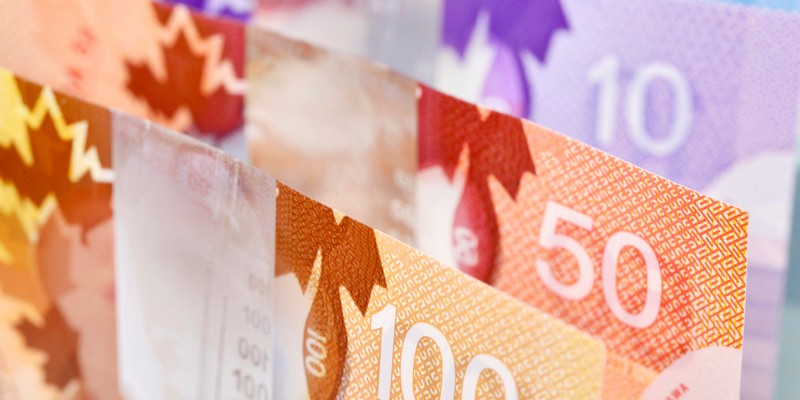New Trudeau carbon tax plan smashes original ceiling—and original promises

In theory, a properly designed carbon tax is an efficient way to reduce greenhouse gas emissions. Yet two recent announcements illustrate the dangers in trusting government to implement a carbon tax.
The Trudeau government originally promised the federal carbon tax would max out at $50 per tonne, but its new climate plan has more than tripled the ceiling. Additionally, the government had promised that 90 per cent of the revenue raised by the carbon tax would be rebated to households. Yet a new report released by Environment Canada concludes that last year only 76 per cent of revenues were returned to households.
Clearly, it was naïve to give the government a massive new tax and expect it to follow the textbook guidelines for proper implementation.
A little history. Originally, the federal carbon tax started at $20/tonne in 2019, and was supposed to increase by $10/tonne until maxing out at $50/tonne in the 2022. In August 2019, then-environment minister Catherine McKenna reiterated there were no plans to increase the ceiling.
Yet in December, the government changed all that, with its new environmental plan. After the carbon tax reaches $50/tonne in 2022, it will begin rising by $15 per year until maxing out at $170/tonne in 2030—a whopping increase of 240 per cent. (Interestingly, the government’s main document doesn’t contain the jarring “$170” number; readers must do the math themselves to calculate the new ceiling.)
Besides violating earlier pledges, the new $170/tonne carbon tax is arguably above the correct level. The “social cost of carbon” (SCC) is defined as the negative impact of emitting an additional tonne of CO2 in a particular year. A proper carbon tax should be set at this level to cause businesses and consumers to properly account for climate change in their decisions. In 2016, the Obama EPA produced a schedule showing that the SCC in the year 2030 (using standard assumptions) was about C$80 in today’s dollars. Therefore, assuming normal inflation over the next decade, the actual environmental harm of additional carbon dioxide emissions by 2030 (in dollars at that time) would still be under C$100 per tonne. Thus the new target of $170/tonne for 2030 is far too high—even if the carbon tax were implemented perfectly.
But again, the carbon tax hasn’t been implemented perfectly. Ideally, the new revenue wouldn’t fuel additional spending but would be returned to the private sector via tax rate reductions, or at least it could be rebated “lump-sum.” Indeed, the Trudeau government originally promised that 90 per cent of the carbon tax revenues would be rebated to households. But again, it’s worth repeating, the new Environment Canada report shows that in fiscal year 2019-20, Ottawa raised $2.6 billion in revenue while only $1.97 billion—or 76 per cent—was rebated to households.
In textbook theory, a properly designed carbon tax is an efficient way to deal with human-caused climate change. Yet the federal carbon tax is now poised to rise far higher than the correct amount and the revenues are not being used to mitigate the economic pain of the new tax. Furthermore, in theory a carbon tax should replace all other regulations that limit emissions, yet this hasn’t happened in Canada either. In the real world, the carbon tax has been and will continue to be a much less-effective tool than the textbooks claim.
Author:
Subscribe to the Fraser Institute
Get the latest news from the Fraser Institute on the latest research studies, news and events.

